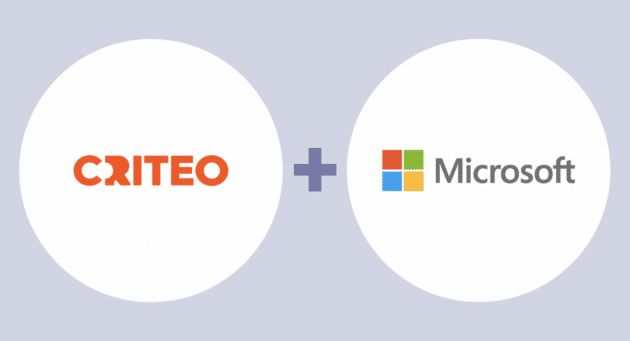One of the biggest global sports events, the FIFA World Cup, is less than a month away.
There’s no underestimating the impact that the World Cup has on the ecommerce industry. In 2014, the FIFA World Cup reached an audience of around 3.2 billion and resulted in a global explosion of online consumer traffic in sectors such as sports retail & equipment, beverages, food delivery, and travel.
Russia, the host country of the 2018 FIFA World Cup, has earmarked $10 billion for the event, much of which will be spent on transport and infrastructure. And that’s just the spend on the ground. Across TVs, computers, tablets, and mobile, billions of viewers will be watching the games. In today’s omnichannel world, that represents a huge opportunity for any brand or retailer looking to take advantage of all the excitement.
Here’s what we can expect this year, based on what happened in 2014:
1. The Ecommerce Spike
The anticipation of the FIFA World Cup starts early. When the games were set to be hosted in Brazil in 2014, there was actually significant growth in World Cup purchases starting in December 2013 – seven months before the matches had even started. Research shows that there was a 27% increase in eCommerce sales in Brazil, contributing an estimated $16.6 billion US Dollars to the Brazilian economy.
Many online retailers and ecommerce platforms leverage this event to run targeted campaigns in order to engage with customers, attract new ones and increase sales. Due to competition being high around during the World Cup period, marketing activities should be well planned out, in order to create the best experience for consumers. Therefore, it is important to provide the consumer with an omnichannel experience and implement personalised retargeting campaigns.
2. Streaming, Sharing, and Social
In 2014, research found that 74.2% of football fans were browsing on social media during a game, while 43.4% were posting on Facebook about the World Cup and their favorite ads. The #WorldCup hashtag was shared millions of times, along with countries and specific players.
The most popular platforms for football posts were Instagram and Facebook, where mobile usage peaked during commercials. During the tournament in 2014, 350 million people created a total of 3 billion interactions with World Cup content on Facebook alone.
If you’re hoping to target these highly-engaged users, it’s important to think about how you can break the noise on their favorite social channels too. By leveraging dynamic retargeting across Facebook and Instagram, you can connect with your audience as they switch channels. This helps ensure that your brand stays top-of-mind, however football fans are watching or sharing the game.
3. A Mobile Fanbase
The FIFA World Cup has gone mobile, in a big way. During the Germany vs. Brazil Game, for example, mobile traffic volume to ESPN increased by 20x the normal levels.
That’s because so many viewers depend on their phones to actually watch the games, whether through TV apps or social media apps. To get in front of them, it’s important to have a retargeting strategy for video as well. With video retargeting, you can ensure that your ads are seen in the high-visibility videos that people are watching during the games, offering a personalized experience with personalized offers.
An Omnichannel World Cup for an Omnichannel World
All the trends we saw during the FIFA World Cup 2014 will only become more pronounced in 2018. Retailers and brands that want to stay ahead should invest heavily in omnichannel strategies and think about the opportunities to stand out in the crowd. By investing in dynamic retargeting, it’s possible to create a a seamless experience across each touchpoint that your audience will use during the games.






















